The beauty and history of the cultural sites in Iran that Donald Trump threatened to bomb
The tombs, minarets and mosques that dot Iran mirror several forms of Persian architecture, art and calligraphy.
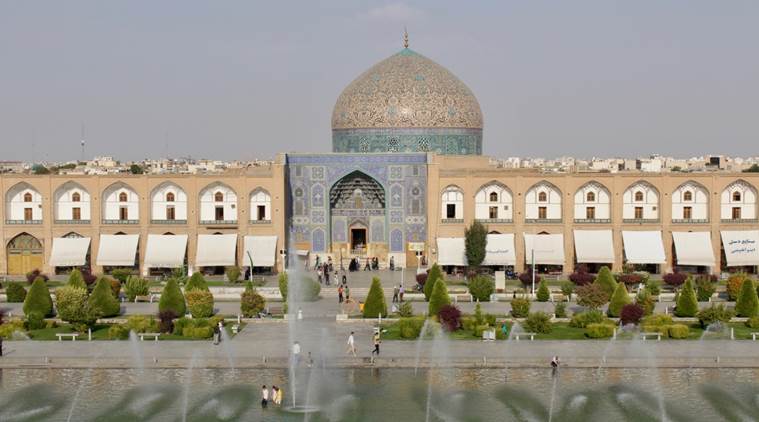 This list does not include several important Islamic pilgrimage sites as well as museums and palaces of Tehran.
This list does not include several important Islamic pilgrimage sites as well as museums and palaces of Tehran.
Surabhi Narendranath
Amidst the rapid escalation of hostilities between the US and Iran, US President Donald Trump threatened to strike at Iran’s cultural sites early this month. Days later, Pentagon ruled out striking these sites and both countries conceded de-escalation as the best solution to resolve the crisis. A look, in the aftermath of the threat, at these sites that may not be as familiar to us as, say, Notre Dame in Paris, but their loss would be an incalculable loss to our shared world heritage.
This list does not include several important Islamic pilgrimage sites as well as museums and palaces of Tehran. These sites offer invaluable glimpses into civilisations past and must be preserved for generations to come.
Shiekh Lotfollah Mosque
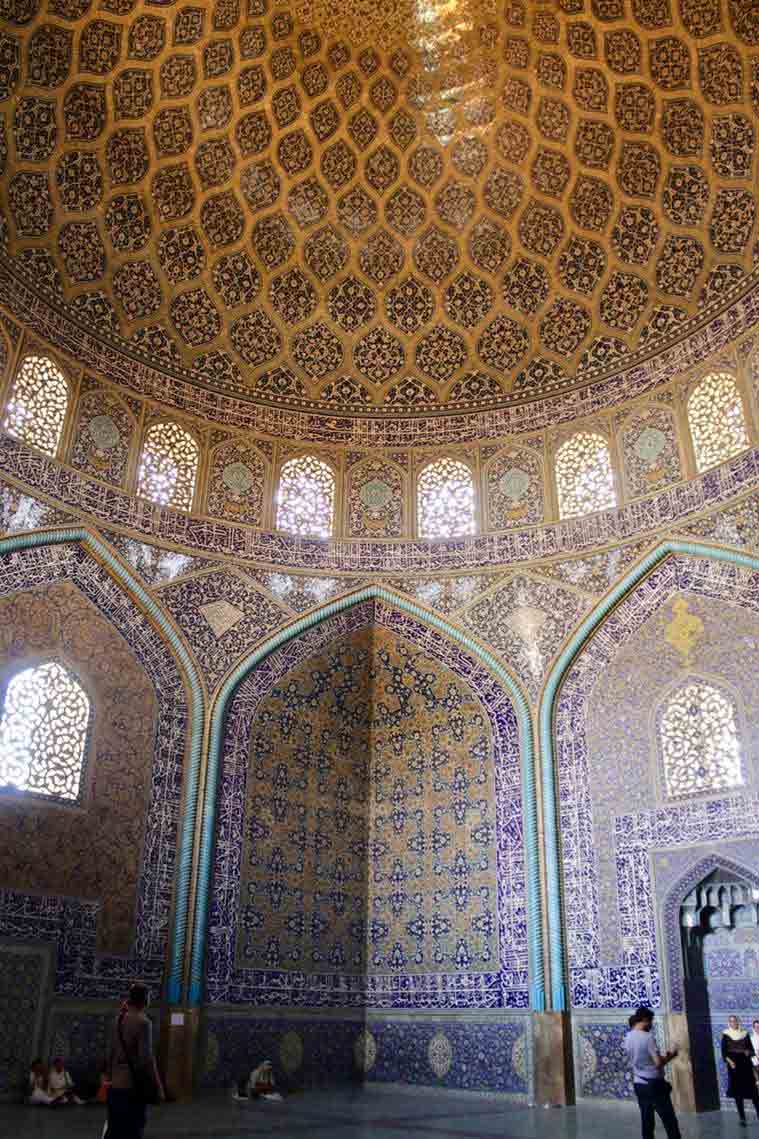 Shiekh Lotfollah .
Shiekh Lotfollah .
Sheikh Lotfollah Mosque at Naqsh-e Jahan Square in Isfahan is famous for its “peacock dome”. Sunlight streaming through the arabesque patterns of stone latticework screens bathe the blue-and-gold interiors of the mosque in a dreamlike haze.
Necropolis
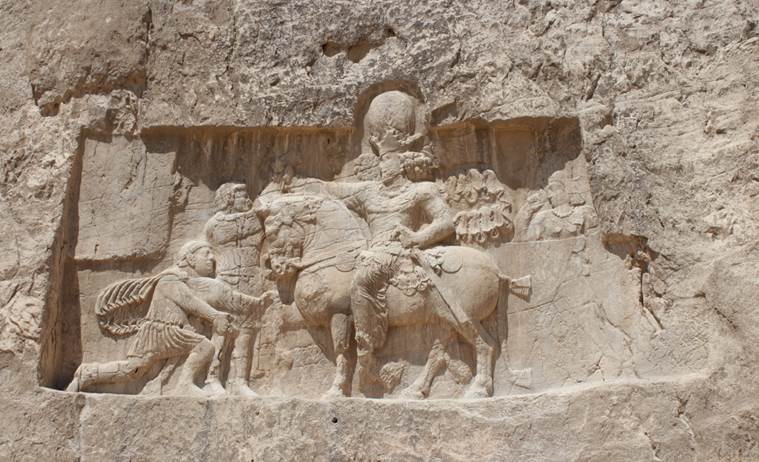 Necropolis.
Necropolis.
Near Persepolis is Necropolis, where tombs of Persian kings are cut into a rocky cliffside. A famous rock relief depicts the Roman Emperor Valerian being taken captive by Shapur I of the Sassanid dynasty, the last Persian empire before the Islamic invasion in 651 AD.
Nasir al-Mulk Mosque
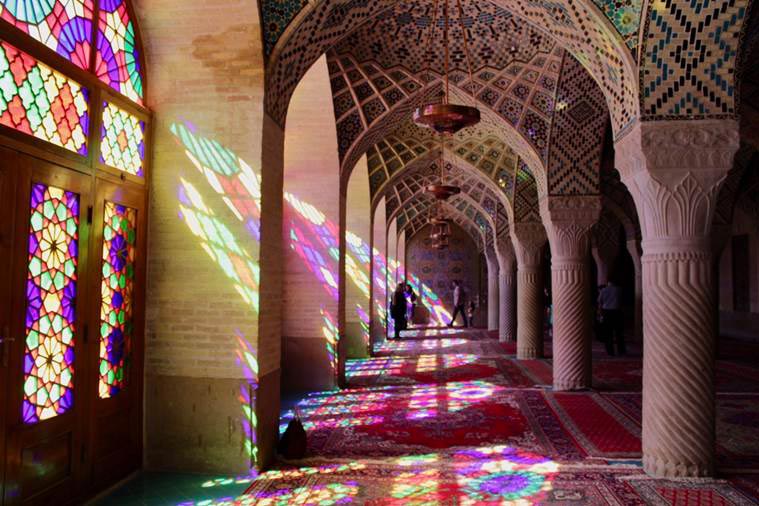 Naser-ul-Molk Mosque Shiraz.
Naser-ul-Molk Mosque Shiraz.
Nasir-ul-Mulk Mosque in Shiraz is one of the most Instagrammed sights in Iran due to the kaleidoscope of colours created by its stained glass windows. It also has exquisite examples of muqarna, honeycomb-like designs, decorating its entrance portals.
Persepolis
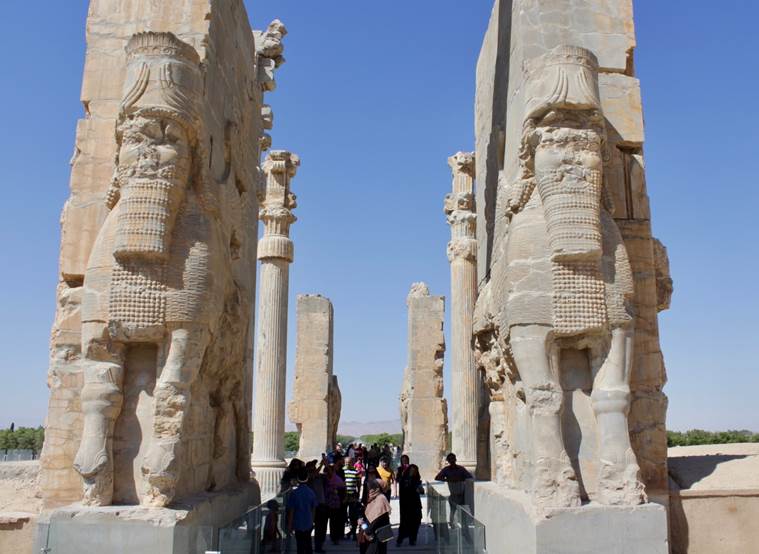 Persepolis.
Persepolis.
The 2,500-year-old ruins of Persepolis were once the capital of the Achaemenid Empire, the world’s first superpower. The entrance, called the Gate of All Nations, is guarded by colossal statues of lamassus, mythical creatures with the body of a bull and the head of a man.
Yazd
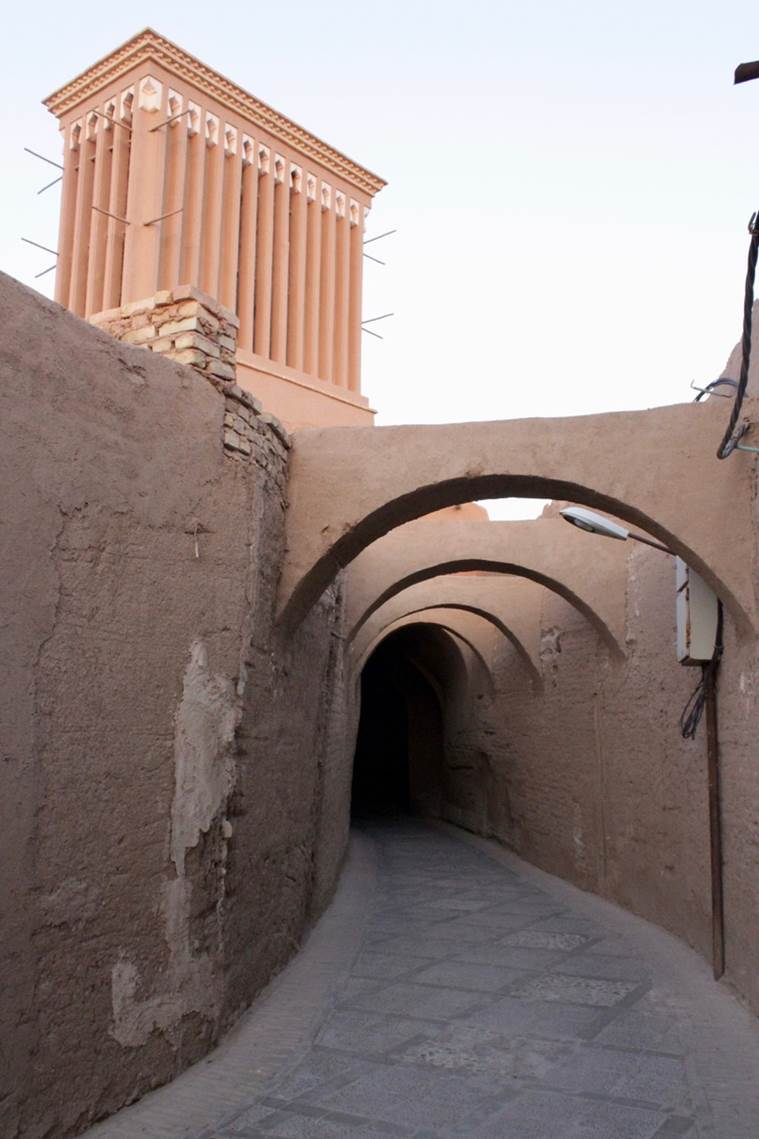 Yazd Old Town 2
Yazd Old Town 2
The Unesco World Heritage City of Yazd has houses, streets and walls made entirely of clay with many features such as wind towers, underground water cisterns and partially covered alleyways designed to create a pleasant micro-climate in the harsh desert.
Vank Cathedral
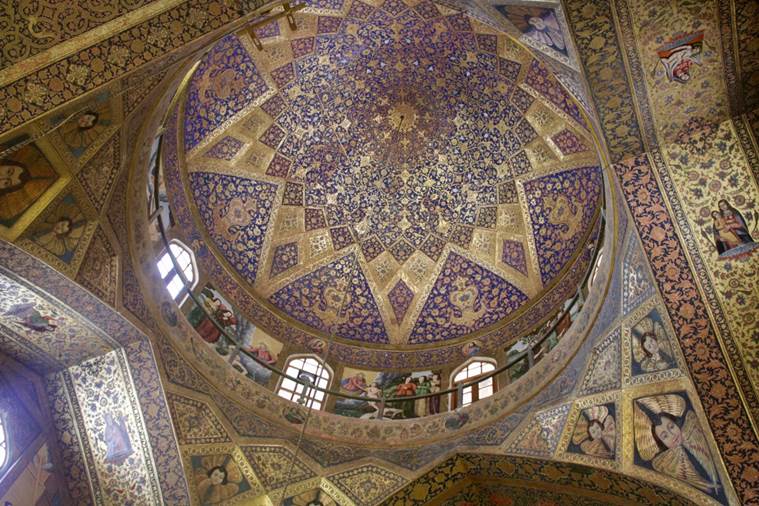 Isfahan Armenian Vank Cathedral.
Isfahan Armenian Vank Cathedral.
The gold embellishments in the murals are mirrored in the gilded frescoes of the Vank Cathedral, built in the early 17th century when the Safavid king Shah Abbas I resettled thousands of Armenians in Isfahan. Its architectural features are a confluence of Orthodox, Armenian and Persian cultures.
Palace of Forty Columns
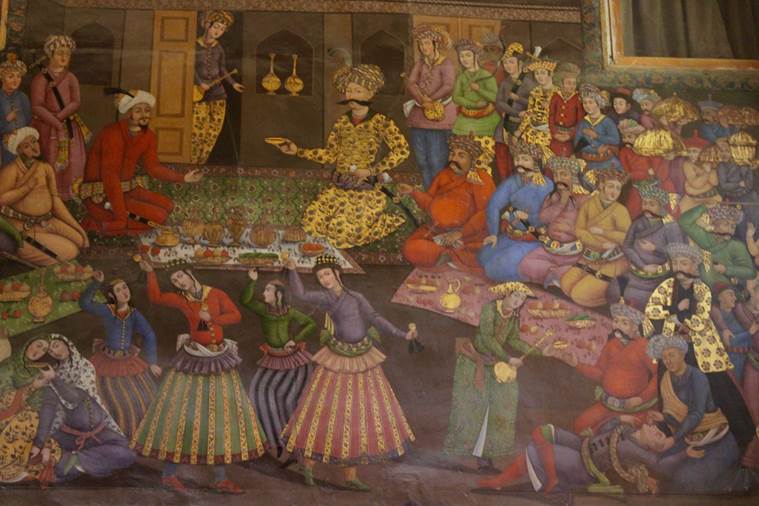 Isfahan Palace of Forty Columns.
Isfahan Palace of Forty Columns.
Also in Isfahan is the Palace of Forty Columns. Its walls are painted with detailed murals depicting scenes of battle and court life. One shows the reception of the exiled Mughal Emperor Humayun in 1544 amid feasts of fruit and wine and dancing courtesans.
Surabhi Narendranath is a London-based financial services professional and travel blogger. This article appeared in the print edition with the headline ‘Knocking on Heaven’s Door’
- 01
- 02
- 03
- 04
- 05































